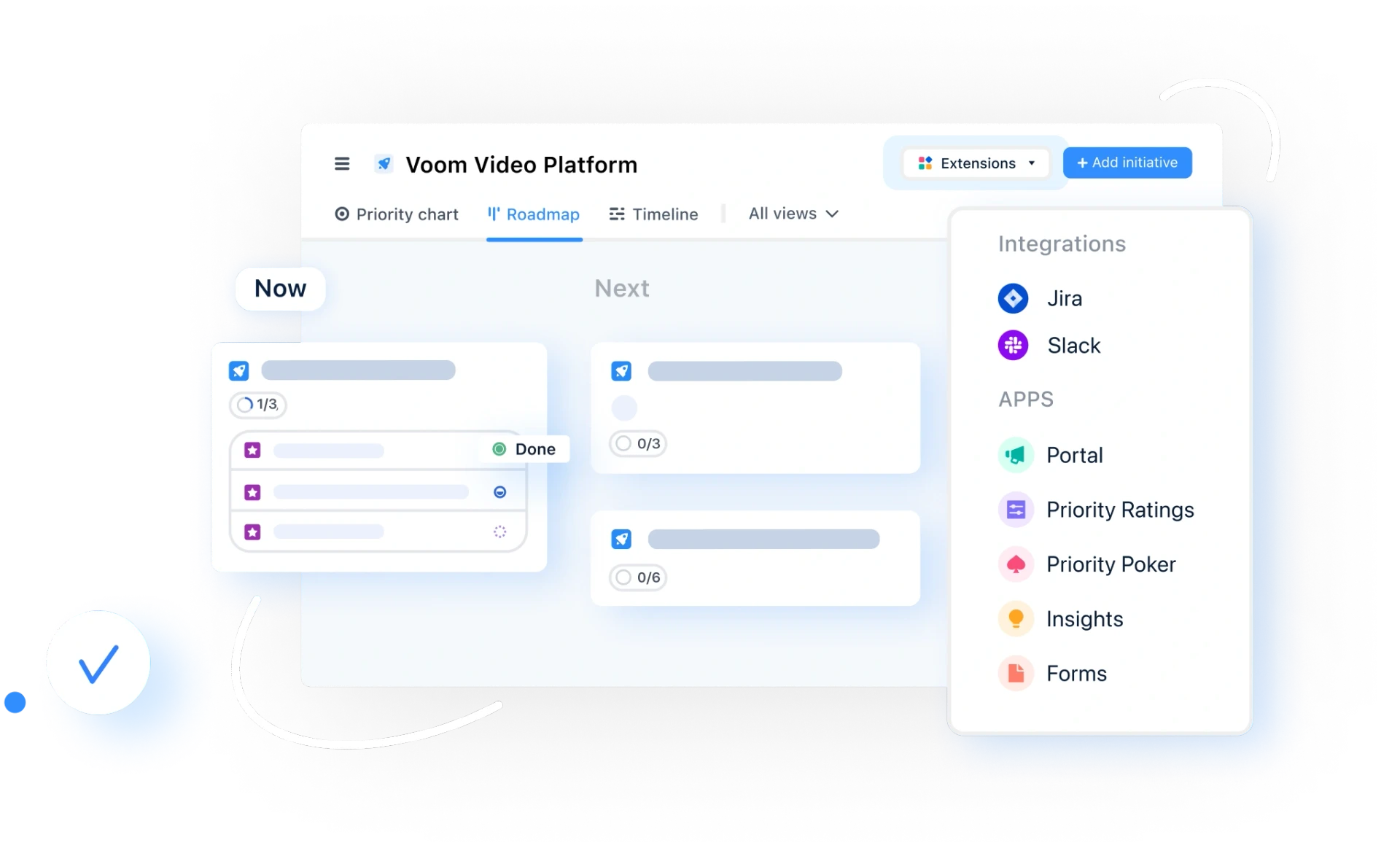From unicorns to AI: Emma van Dijkum on the next era of product management

“I was doing product before it had a name.”
That’s how Emma van Dijkum describes her early days building funnels and optimising journeys long before ‘Product Manager’ was a common title. Fast forward a decade, she’s helped build two UK unicorns and now coaches and advises product leaders at Series A-C, Big Tech, and FTSE 100 leaders, and is helping shape the next era of product leadership.
With her perspective, as someone whose career has spanned from the emergence of the Product Manager role to the development of product management tools like airfocus, Emma reflects on what might be on the horizon for product management.
Here are some of her key insights.
1. Growth and profitability are finding a balance
In the mid-2010s, “All anyone cared about was growth, profitability came second,” Emma recalls. In the early 2020s, the balance shifted in the other direction, with profitability becoming the focus. “More recently, I think it's right-sized a little bit,” muses Emma. “Today’s product leaders are made to increasingly care about the P&L - ultimately it’s about justifying your job and that of your team.”
2. Forward-thinking leaders will find time to get familiar with AI, or risk falling behind
Emma acknowledges that most of the leaders she works with are finding it hard to carve out a lot of time for AI. But those who make even a little time, “just a couple of hours a week,” are better placed to face the sweeping changes the technology is bringing.
But this isn’t just about staying afloat. It’s about steering the right course for you and your organization.
“Get familiar with AI, and how it could fit into your processes specifically,” Emma advises. “Think about where it's most useful for you and your organization, and get your organization set up for success, so that you’re poised to grasp the next opportunity.”
“You may naturally feel fear towards something like AI,” she continues, “and that can make you recoil from it. But try and lean in, because that's where the magic happens.”
One of the most effective things she’s seen? Leaders who share their own AI learning journeys – flagging when content is AI-generated, celebrating wins, and building a learning culture instead of pretending to have the answers.
3. AI will be a cross-generational tool
It’s tempting to lean into the narrative that younger generations “get” AI and older ones resist it. But the reality is more nuanced.
“Based on the data, there are differences in adoption,” Emma notes. “But I’ve worked with leaders from their twenties to their fifties who are all engaging with AI in their own ways.”
And those differences can be strengths.
“Younger leaders may be more natural AI natives. But older leaders often have a clearer sense of where the pain points are – so they can spot where AI can have real impact.”
4. The CEOs of tomorrow will also be CPOs
At early stages, many founders and CEOs are deeply embedded in product. As companies grow, they often bring in a CPO and step back. But Emma sees that model evolving.
“With the right tools and leverage, we’re seeing companies scale to millions in revenue without massively growing the team. AI could delay that inflection point where a separate CPO becomes ‘required.’”
That means future CEOs will need deeper product instincts and fluency in how to extract value from technology. “That’s something great product leaders are already wired for.”
5. Revenue per employee isn't the north star people think it is
Some companies are fixated on revenue per employee as a success metric – especially as they try to justify headcount in the AI era.
But Emma’s sceptical.
“I used it once at Multiverse to ‘streamline’ a department – and it was a poor metric to align around. It might work in small companies, but it breaks down at scale. I expect legacy or non-native AI companies that adopt it will face the same issues.”
6. Product management has always embraced new technology, and will keep doing so
The pace of change feels overwhelming, but in product, that’s nothing new.
“Everything and nothing has changed,” Emma reflects. “When I started, we were building responsive websites and going mobile-first. Then came machine learning. We were already building decision engines back in 2015.”
What’s different now? “This technology talks to you. It feels human.”
And while the tools evolve, one thing stays constant: “The best product leaders stay curious, adaptable, and human.”
Emma-Lily Pendleton
Read also



Experience the new way of doing product management

Experience the new way of doing product management




